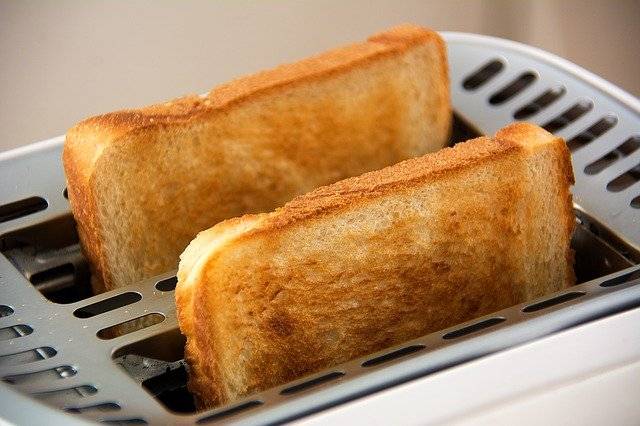“There is not a thing that is more positive than bread.”
– Fyodor Dostoevsky
Some things are forever, like bread. For over 30,000 years bread has been an important part of our diet. And throughout most of the history, we either bought bread loves from the bakers or baked it ourselves; until one man changed the way bread was sold. On 7 July 1928, first automatically sliced bread loaves were produced in Chillicothe, Missouri, using a machine invented by Mr. Otto Rohwedder, an Iowa-born, Missouri-based jeweller who exhibited entrepreneurship streak since his childhood.
Rohwedder started working on a machine that would automatically slice bread loaf in 1916 and built his first prototype. He initially used hat pins to insert in the loaf to hold bread slices together and prolong its freshness, but the bakers complained that the pins fell out. Rohwedder continued to improve the machine. But, as fate would have it, a fire broke out in his work-shed in 1917 and his prototypes and blueprints were consumed by the fire. Refusing to give up, Rohwedder finally built an improved bread slicing machine after a decade in 1927. The new machine wrapped freshly sliced bread in a wax paper which solved the problem of keeping bread fresh.
In November 1928, Rohwedder filed thepatent (US 1867377 ) for “Machine for slicing an entire loaf of bread at a single operation” and formed his own company Mac-Roh Sales & Manufacturing, to scale the production of his invention. Although the machine was initially praised, when it came to selling it to the bakeries, the invention was frowned upon. Bakers were convinced that sliced bread would not be welcomed in American households. At last, Rohwedder’s friend, Frank Bench, a baker at the brink of bankruptcy, agreed to invest in the machine. The bulky machine was installed in Chillicothe, Missouri at Chillicothe Baking Company, and on July 7, 1928, the first loaf of commercially sliced bread was sold.
The day before its official debut, Chillicothe Baking Company put out a full-page ad in its local paper. The ad announced:
The Greatest Forward Step in the Baking Industry since Bread was Wrapped—Sliced Kleen Maid Bread.
The slogan is possibly where the phrase “best thing since sliced bread” originated. Two years later, New York-based Continental Baking Company brought sliced bread to a national market with the brand-name‘Wonder Bread’. As sliced bread went on to become a massive success, government banned its production in January 1943 to conserve resources for World War II. The ban was not received well by the baking companies and general public. The anguish over the ban is evident in a letter written by a woman to the New York Times:
“I should like to let you know how important sliced bread is to the morale and saneness of a household. My husband and four children are all in a rush during and after breakfast. Without ready-sliced bread I must do the slicing for toast—two pieces for each one—that’s ten. For their lunches I must cut by hand at least twenty slices, for two sandwiches apiece. Afterward I make my own toast. Twenty-two slices of bread to be cut in a hurry!”
The ban was lifted in less than three months in March 1943, bringing back the sliced bread to the households. And they lived happily ever after– man, woman and the bread.
Authored by Ms. Rajni Mishra.
Image source/attribution- here, the image is in the public domain.




